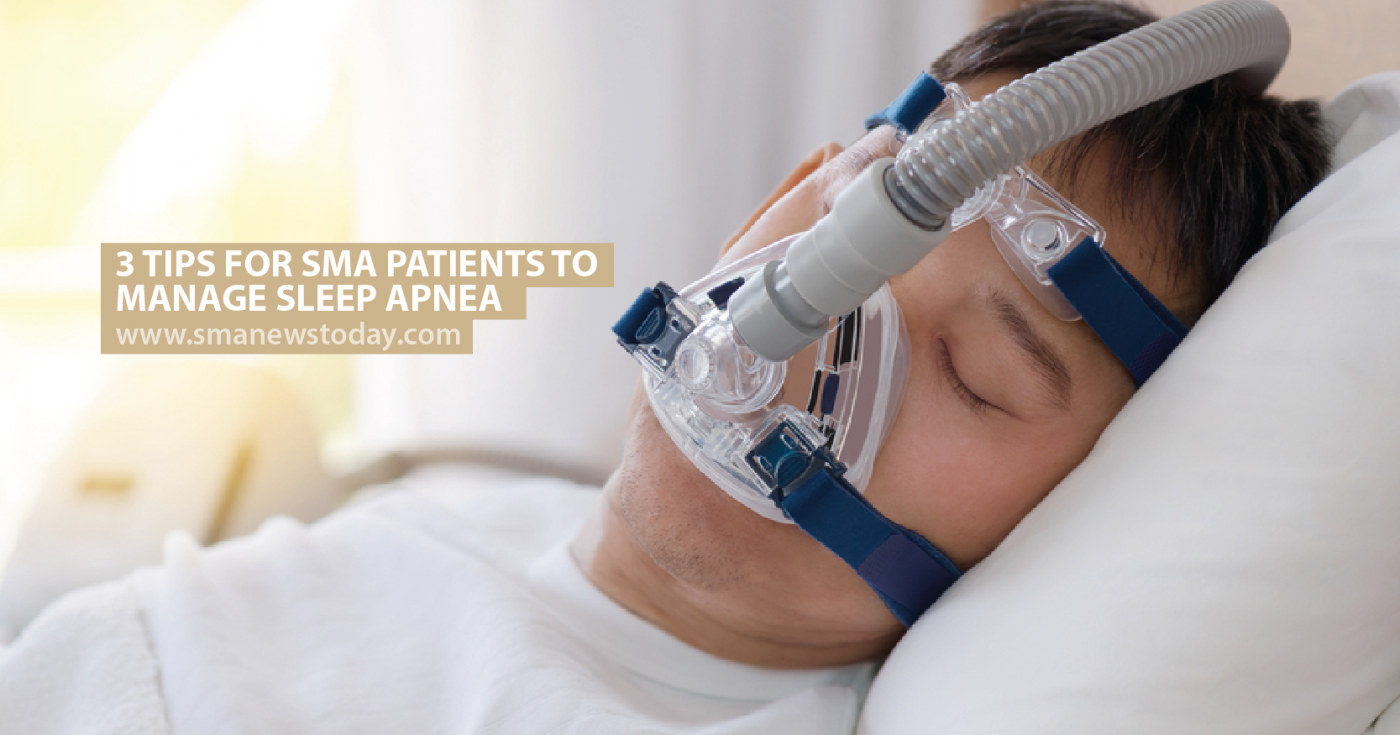3 Tips for SMA Patients to Manage Sleep Apnea

According to a 2016 study published by Sleep Medicine, about one in six young people with SMA types 2 and 3 exhibit some kind of sleep disorder. As the muscles deteriorate in SMA patients, breathing difficulties and trouble sleeping are common side effects.
Nevertheless, there are ways to manage this so that you or your child can get a better night’s sleep. These suggestions are based on the experiences of other SMA individuals, but make sure to consult a pulmonologist or other medical specialist for professional advice.
Schedule a Sleep Study
The first step in managing sleep apnea is to schedule a sleep study. Though a sleep study can be tedious and costly, it allows doctors to observe a patient’s specific sleep patterns and determine what causes them to wake up regularly during the night.
Sometimes, something as simple as changing a person’s BiPAP settings will fix the problem. In other cases, extensive chest PT and even surgery may be necessary. Regardless, scheduling a sleep study helps pulmonologists determine the best treatment option for their patient’s sleep apnea.
MORE: Three tips for dealing with SMA-related depression
Use a BiPAP Machine on a Regular Basis
One of the best ways for SMA patients to manage sleep apnea and breathe better at night is to use a BiPAP machine. This machine delivers pressurized air to the patient’s airways. The air flows through a tube which is connected to the patient’s face mask.
Additionally, the settings for the BiPAP can be adjusted to meet the needs of each user. A sleep study typically helps determine the proper settings, which can be adjusted at any time. Even when an SMA patient is not dealing with a cold or related illness, using a BiPAP machine regularly helps maintain breathing, thereby reducing sleep apnea.
Physical Therapy
In addition to wearing a BiPAP at night, using other devices like the Vest Airway Clearance System and doing physical therapy often helps SMA patients manage sleep apnea. Whether it’s aquatic or on-land therapy, it’s important for SMA patients to work their muscles to the best of their ability. This kind of exercise often helps combat breathing difficulties, and it helps to couple it with using chest PT devices.
For more information about managing sleep apnea, talk with your pulmonologist and others in the SMA community, and consult online resources like Cure SMA.
MORE: Four tools to help SMA individuals through the winter
SMA News Today is strictly a news and information website about the disease. It does not provide medical advice, diagnosis or treatment. This content is not intended to be a substitute for professional medical advice, diagnosis, or treatment. Always seek the advice of your physician or another qualified health provider with any questions you may have regarding a medical condition. Never disregard professional medical advice or delay in seeking it because of something you have read on this website.







